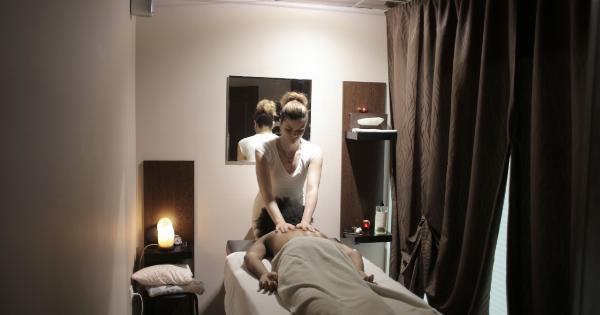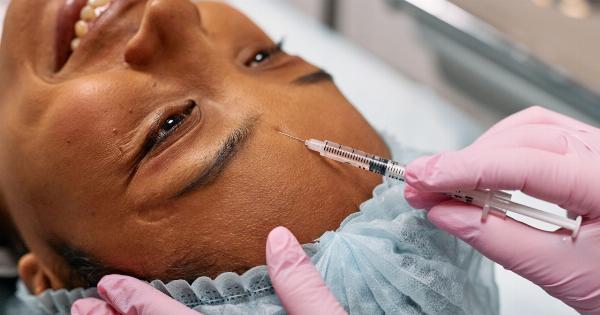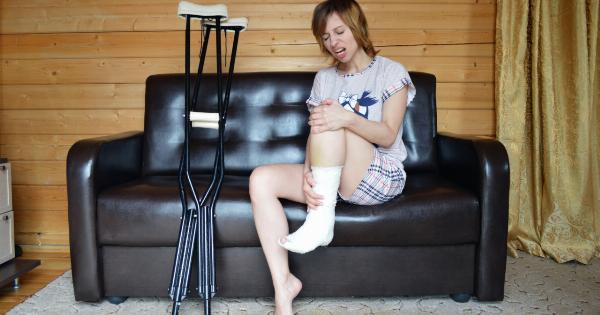If you have recently had a shoulder fracture, you may be wondering what treatment options are available to you.
Traditionally, surgery has been the go-to treatment for a fracture, but does this have to be the case? In this article, we will explore an alternative treatment option that may help you avoid the need for surgery.
What is a Shoulder Fracture?
A shoulder fracture is a break in one of the bones that make up the shoulder joint. This can include the collarbone, the shoulder blade, and the upper arm bone (humerus).
Shoulder fractures can be caused by a variety of factors, including falls, sports injuries, and car accidents.
Symptoms of a Shoulder Fracture
If you have experienced a fall or other injury and are experiencing pain, swelling, bruising, or loss of mobility in your shoulder, you may have a shoulder fracture.
Other symptoms can include a grinding or popping sensation when you move your shoulder, as well as a visible deformity or bump.
Traditional Treatment for a Shoulder Fracture
The traditional treatment for a shoulder fracture is surgery. During surgery, a plate and screws are used to hold the broken bone together while it heals.
This can be an effective treatment option, but it also comes with risks and a potentially long recovery time.
Alternative Treatment for a Shoulder Fracture
Fortunately, there is an alternative treatment option that may help you avoid surgery and reduce your recovery time. This treatment is called Platelet-Rich Plasma (PRP) therapy.
What is Platelet-Rich Plasma Therapy?
PRP therapy is a non-surgical treatment option that uses a patient’s own blood to promote healing.
During the treatment, a small amount of blood is drawn from the patient and placed in a centrifuge to separate the platelets from the rest of the blood. The platelet-rich plasma is then injected into the injured area to promote healing.
How Does PRP Therapy Work?
Platelets are tiny cells in the blood that contain growth factors and other healing proteins. When platelets are injected into an injured area, they release these growth factors and proteins, which stimulates the body’s natural healing process.
Why Choose PRP Therapy for a Shoulder Fracture?
PRP therapy can be a good option for patients with a shoulder fracture because it is non-surgical, minimally invasive, and has a short recovery time.
Additionally, because the platelets are taken from the patient’s own blood, there is a lower risk of infection or other complications.
What are the Benefits of PRP Therapy?
Some of the benefits of PRP therapy for a shoulder fracture include:.
- Non-surgical treatment option
- Short recovery time
- Lower risk of infection or other complications
- Patient’s own blood is used, reducing the risk of rejection or allergic reaction
- Minimally invasive procedure
How is PRP Therapy Administered?
PRP therapy for a shoulder fracture is typically administered in a doctor’s office or outpatient clinic. The procedure itself takes about 30 minutes, and patients can usually return to normal activities within a few days.
What is the Success Rate of PRP Therapy for a Shoulder Fracture?
The success rate of PRP therapy for a shoulder fracture can vary depending on the severity of the fracture, the age and overall health of the patient, and other factors.
However, studies have shown that PRP therapy can be an effective treatment option for many patients with shoulder fractures.
Conclusion
If you have a shoulder fracture, you may be able to avoid surgery and reduce your recovery time by choosing Platelet-Rich Plasma (PRP) therapy.
This non-surgical treatment is minimally invasive, has a short recovery time, and can be an effective option for many patients.


























